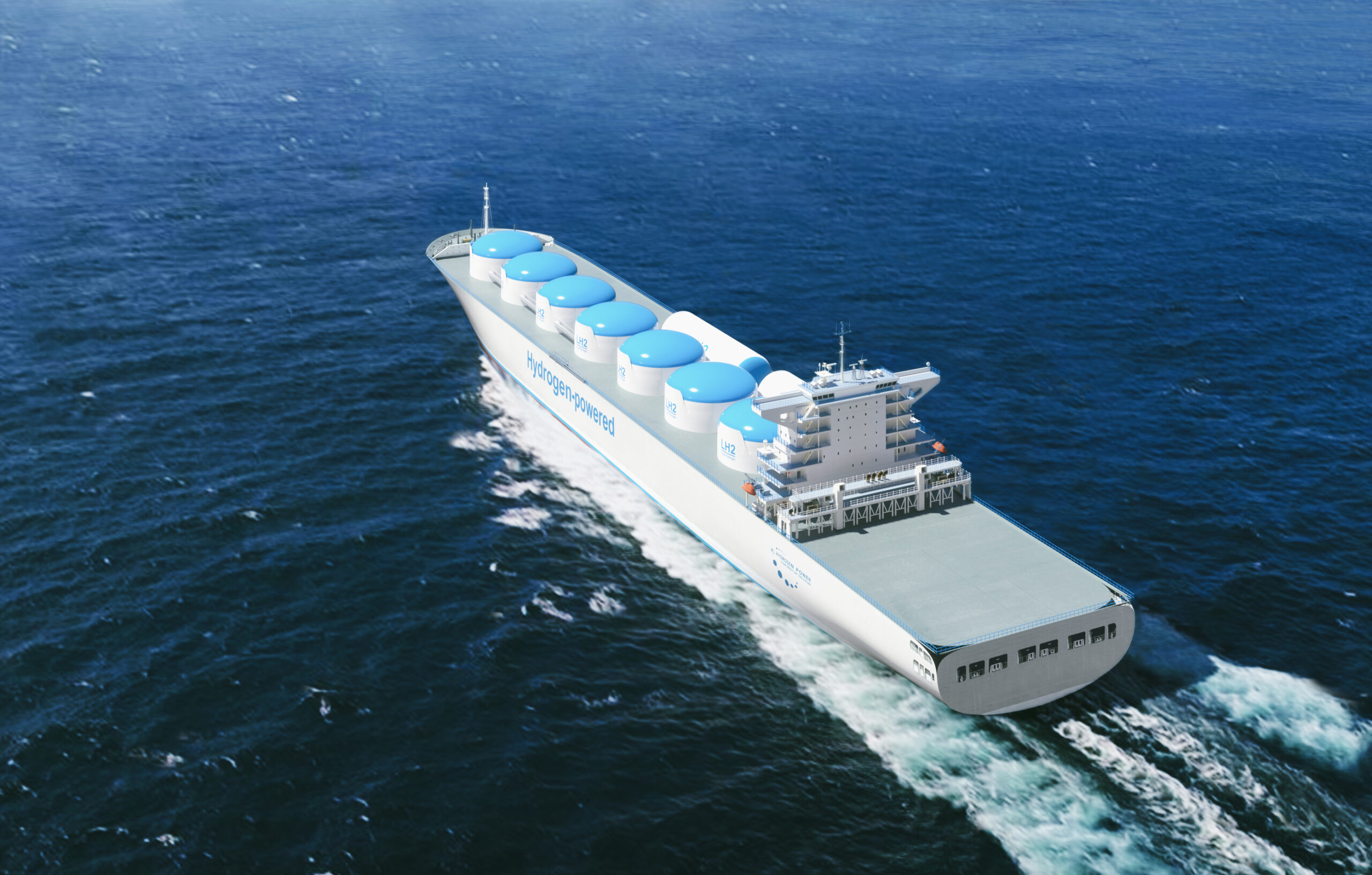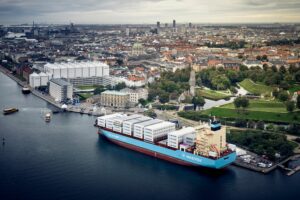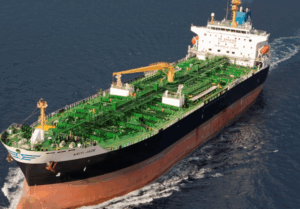The International Chamber of Shipping (ICS) has launched a new report identifying that heavy Industry sector are expected to dominate global hydrogen demand to 2050, with South Korea, Japan and Europe being the first markets for hydrogen.
However, analysis of current hydrogen demand scenarios shows tremendous volatility, increasing uncertainty for businesses and investors.
The report, produced in collaboration with Professor Stefan Ulreich, Professor of Energy Economics at Biberach University of Applied Sciences, and ICS, highlights that to meet just 30 million tonnes of annual global green hydrogen demand, the world would require up to 411 new hydrogen vessels and the equivalent of the yearly electricity production of South and Central America combined.
Guy Platten, secretary general of the ICS, said: “For global hydrogen demand to keep the net-zero by 2050 scenario within reach, demand for hydrogen-based fuel sources would need to scale five times from current levels to reach approximately 500 million tonnes from 2030 to 2050. One of the main takeaways in this report is the high variability in potential demand. Industry will dominate the hydrogen demand. Shipping however can play a key role as an enabler to the hydrogen economy.”
The report highlights three economies as the main markets to initially drive hydrogen demand – South Korea, Japan and the EU.
Europe has a target of 20 million tonnes of hydrogen per year by 2030, with half of that volume to come from imported sources.
To meet this expected demand of the EU, the fleet will need to increase by up to 300 vessels for the EU2030 target.
According to the International Energy Agency (IEA) hydrogen use is expected to remain static and within current industrial use cases into 2030.
“What we are seeing is that the annual hydrogen demand would mean increasing the fleet to transport hydrogen by ship. To just meet a global increase if 30 million tonnes of hydrogen traded worldwide, we could need up to 411 new hydrogen vessels (for long distances) or up to 500 vessels if transported as ammonia,” said professor Stefan Ulreich.



